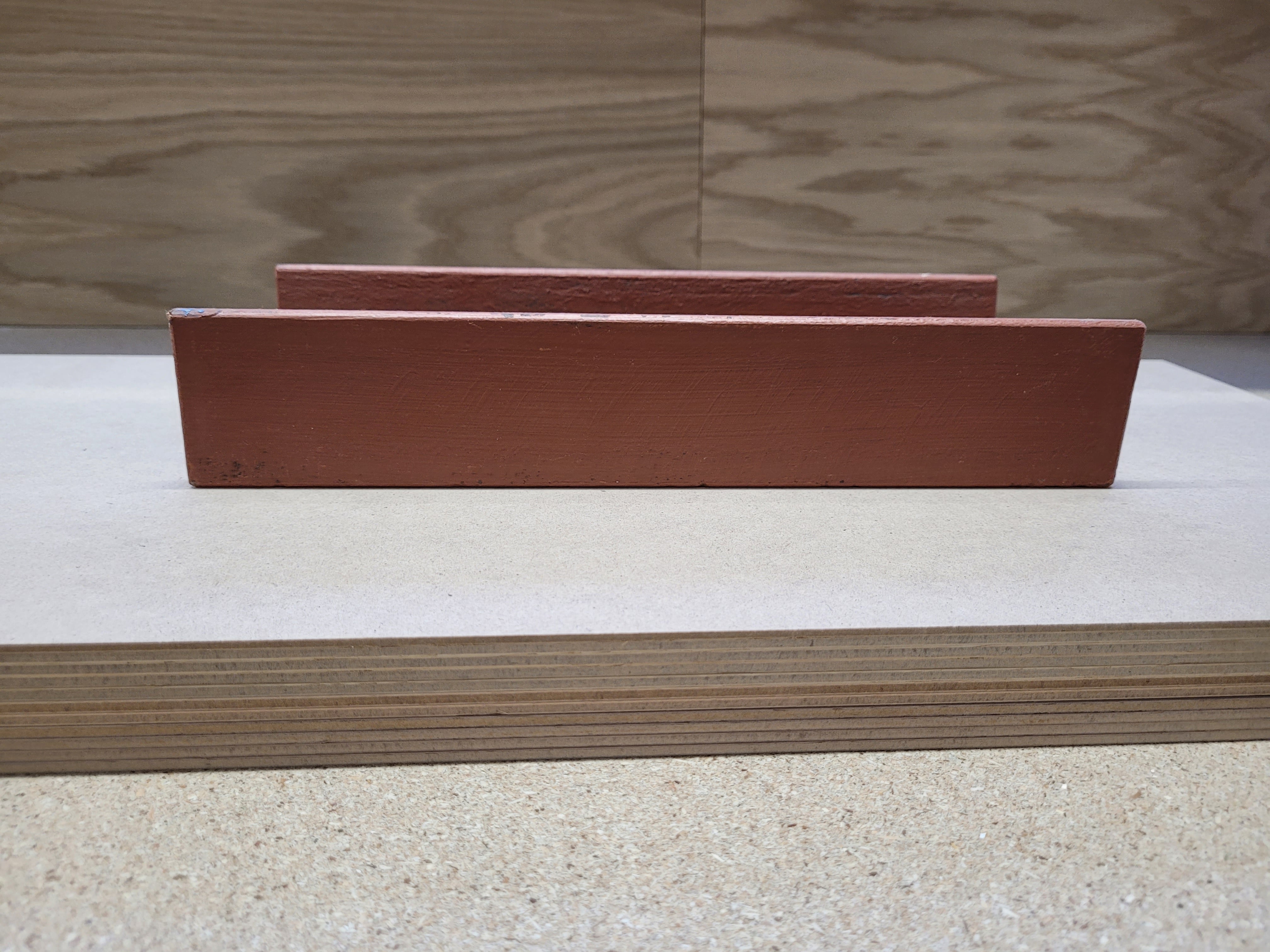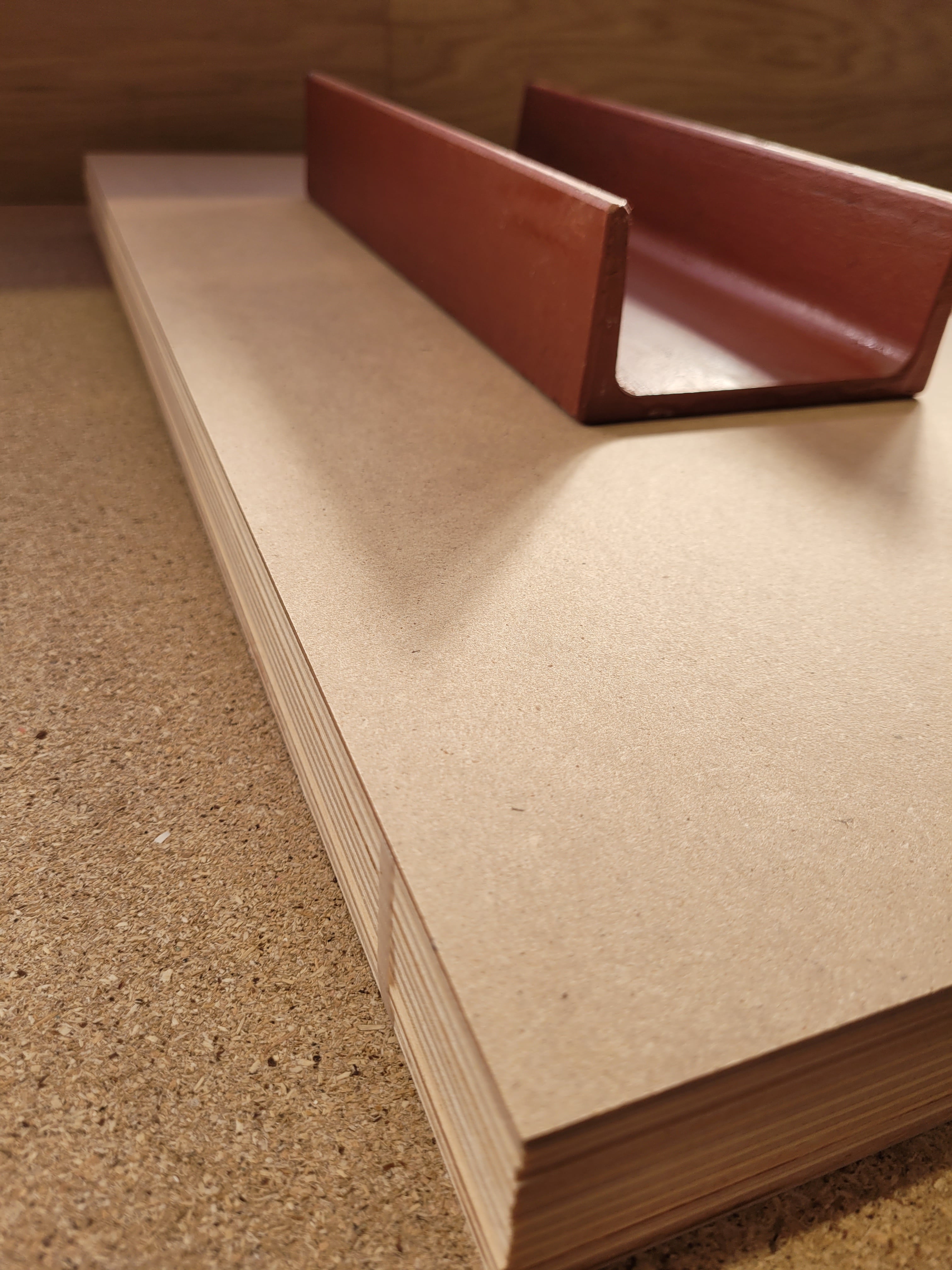
Tips for properly storing Plywood and wood-based panels
Optimal Storage of Plywood and Engineered Wood Panels: A Comprehensive Guide
The professional storage of Plywood and wood-based panels immediately after delivery is a critical step to ensure their quality and functionality in the long term and to ensure an ideal result later. It is critical that these materials are stored correctly immediately upon arrival and that these conditions are maintained for at least 48 hours to allow the materials to adapt to the new environmental conditions. This acclimatization phase is essential to avoid later deformations and other impairments. Plywood and wood-based panels are in demand in various projects due to their versatility - from laser work to engraving work to furniture and interior design. However, without maintaining adequate storage conditions, these valuable resources can quickly lose value. In this article we give you tried-and-tested advice that will help protect your wooden materials in the best possible way.
1. Dryness and temperature as a priority
Moisture is the biggest enemy of wood materials. To prevent mold formation and deformation, it is essential that Plywood and wood-based panels are stored in a dry and cool place. An ideal storage location is indoors and protects the materials from direct sunlight, while good temperature control protects the wood from drying and warping too quickly and supports the acclimatization process. In general, wood panel materials should be protected from strong fluctuations in temperature and humidity.
2. Flat storage as a basic rule
It is important to store panels flat to prevent bending and warping. The materials should rest on a stable and flat surface that supports the entire bottom. Storage directly on the floor should be avoided as this promotes moisture absorption. Instead, it is recommended to use wooden slats or pallets that ensure clearance from the floor.
3. Stack wisely
If limited space forces you to store multiple panels, be careful when stacking them. Each panel should be evenly supported by the one below it to avoid pressure points and deformation. Intermediate layers made of wooden strips or foam provide additional protection for the surfaces. It is important that the panels are stacked exactly on top of each other.

4. Protection from sunlight
Prolonged exposure to direct sunlight can cause discoloration and warping of the wood. Therefore, it is important to store the panels in a place protected from strong sunlight. It is strongly advised not to store them outdoors.
5. Vigilance against pests
Wood can harbor certain pests such as wood beetles and woodworms. Regularly checking the storage facility and the wood materials themselves for signs of infestation is important. Preventive treatments or the use of protective products may be necessary to ward off pests.
6. Careful handling
Moving or transporting the panels should be done with great care to avoid damage. Wearing gloves is advisable to prevent splinters. When lifting the panels, make sure to lift them carefully and not pull or push them. Heavy plates should ideally be carried by two people.
7. Weigh down the stack of plates
An important, often neglected aspect of storage is weighing down the stack of panels. Placing weights on the top plates of a stack helps keep the plates flat and straight and helps correct any bowing that may already be present during the acclimation period. This method is particularly important if the panels are stored for long periods of time as it counteracts the natural warping of the material. Appropriate weights should be distributed evenly over the surface of the top panel to ensure even pressure distribution and avoid damage to the material. We at WOOD4PROS.COM use heavy iron profiles here and always have a protective plate between the weight and the wooden panels.

Summarized for you
Adequate storage of Plywood and engineered wood panels immediately after delivery and during the critical first 48 hours of acclimation is critical to maintaining their quality and structure. By following the guidelines presented here, you can ensure that your materials are protected from the most common sources of damage such as moisture, warping and pests. Investing in thoughtful storage will pay off by preserving the longevity and aesthetics of your wood materials for future projects.
Be the first to hear about news!
Promotions, new products and special offers. Straight to your inbox.









